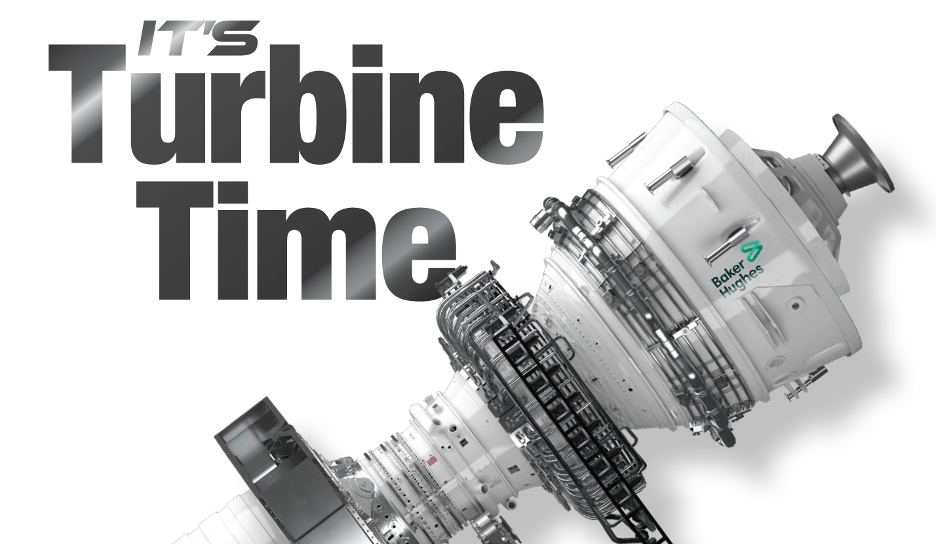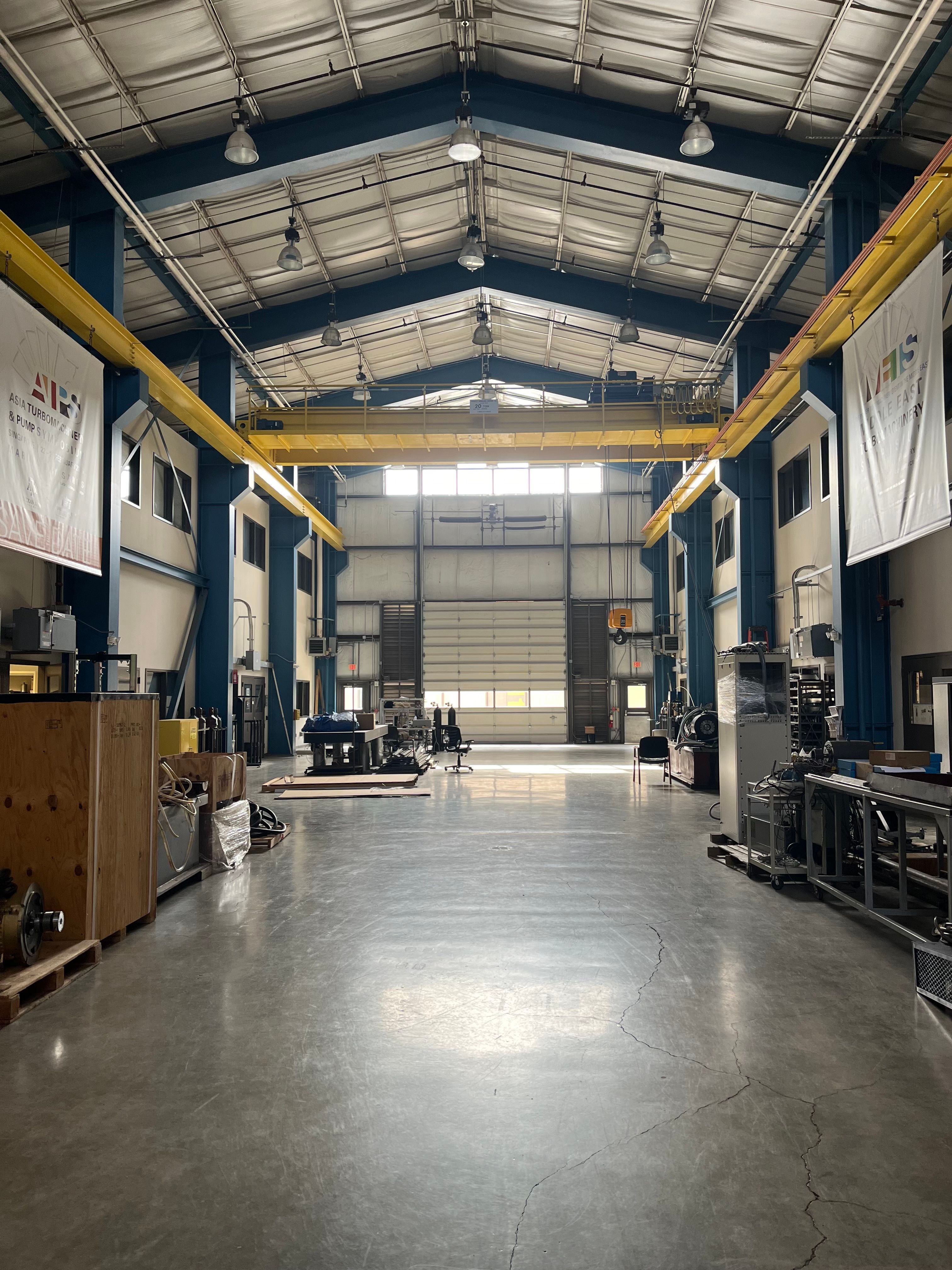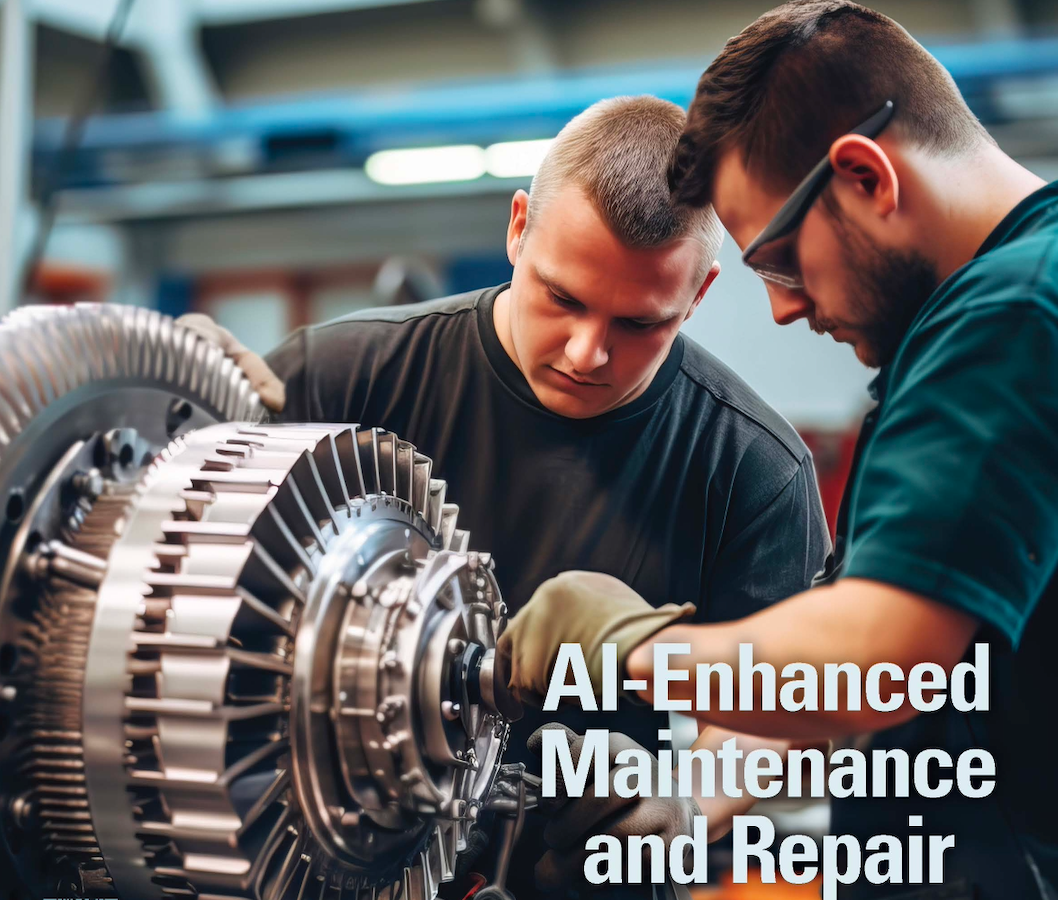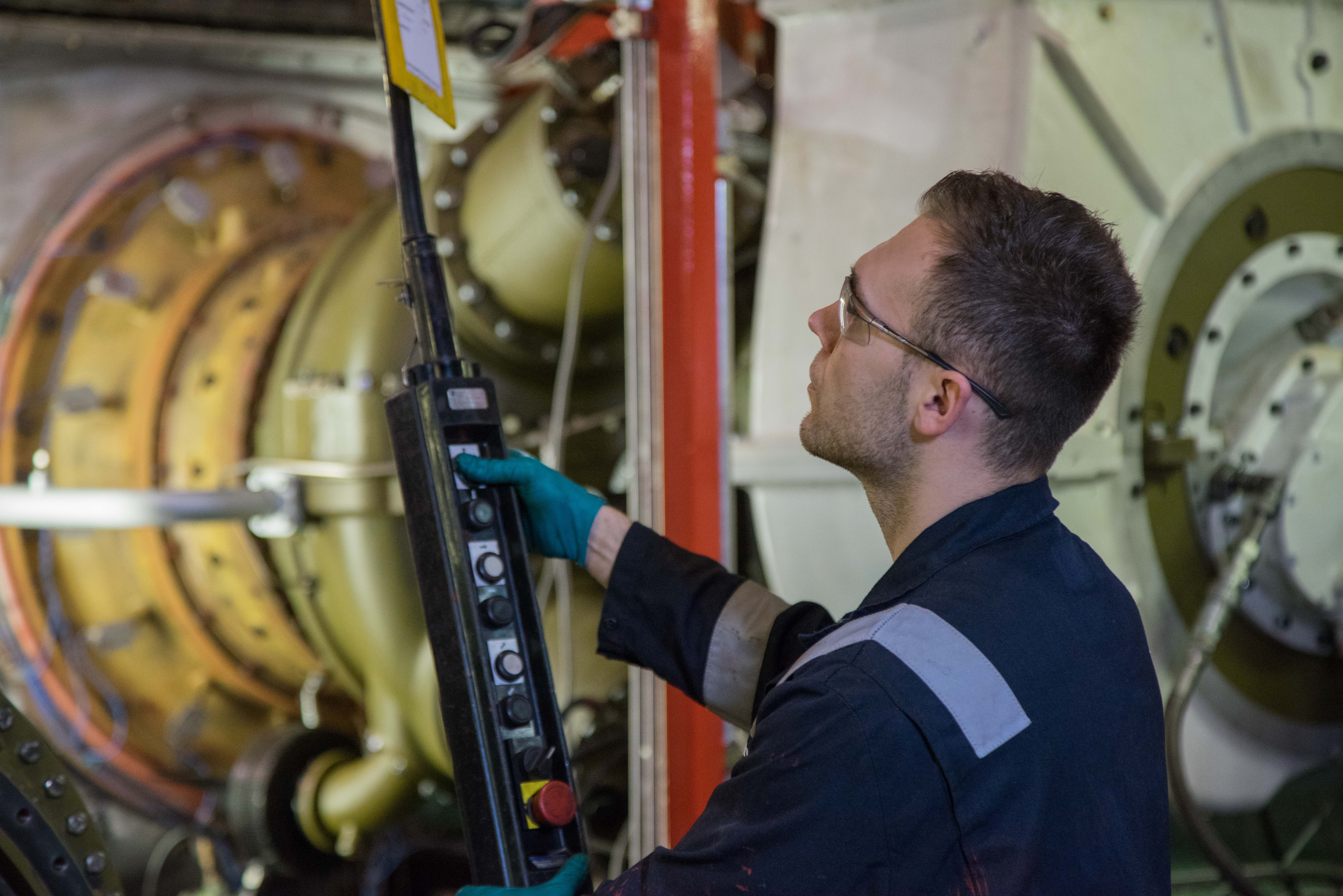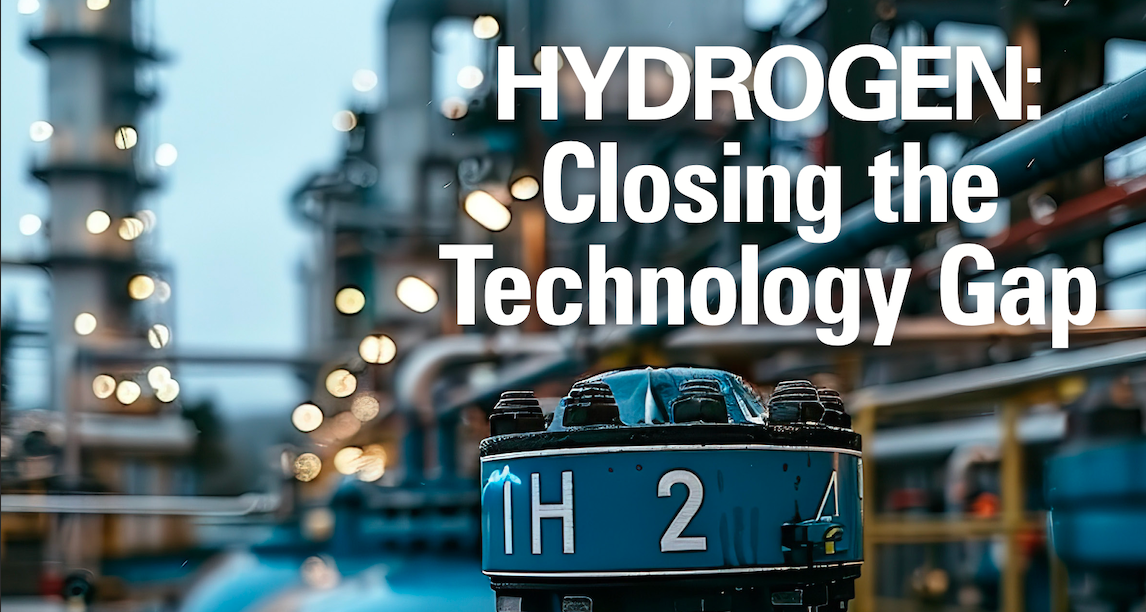Article
TURBINES OPERATING AT ‘EXTREME CONDITIONS’
Author(s):
TURBO EXPO, HOSTED BY ASME’S INTERNATIONAL GAS TURBINE INSTITUTE (IGTI), EXAMINED TURBINE EFFICIENCY, BLADE REPAIR, FOSSIL FUEL ELIMINATION AND MORE
Turbo Expo took place in Copenhagen, Denmark, with over 300 technical sessions covering everything fromceramics to corrosion, metalurgy to microturbines, and superalloys to supercritical CO2. With total attendance estimated at around 3,000 , this year’s June eventmarked a growth of 18% in attendance compared with the previous European Turbo Expo in Glasgow in 2010.
“IGTI is a platform for the dissemination of information among members,” said Klaus Brun, IGTI chairman, program director at Southwest Research Institute, and a regular contributor to Turbomachinery International. He informed a gathering composed almost entirely of engineers that IGTI had been developing newmember services. For example, all papers ever presented — from the first Turbo Expo in 1956 to the present event—would now be available for purchase in CD form.
Al Brockett, Vice President of Engineering for Module Centers at Pratt & Whitney, focused on the Expo’s “extreme conditions” theme.He pointed out that such conditions could occur almost anywhere at any time, such as high salinity in the Persian Gulf, Arctic icing, excessive noise and vibration, the presence of sand and dirt in desert climes, and ash carried by volcanic eruptions. “Gas turbine reliability has improved consistently to deal with these issues,” he said.
“Corrosion could be the next big challenge,” said Brockett. “Some areas of Asia have 15 times the level of particulate ofNew York City. This compromises material performance. Coatings may be a necessity on more components.”
The airline industry, too, is tasked with dealingwith extremes –– the economic kind. From 1995 to 2010, there has been a sixfold jump in the price of fuel, saidBrockett. From 14% of operating costs, fuel currently constitutes 45%, and by 2020 will account for 60%. Meanwhile air traffic volume increased fourfold between 1970 and 2010. By 2030, it will rise by another three times, andAsia will comprise as many flight miles as NorthAmerica or Europe.
Turbine OEMs have already begun to address some of these issues.Mark Pearson, General Manager forAdvanced Technology & Preliminary Design at GE Aviation, relayed recent developments concerning turbine operating extremes. The company is working on water washing, as well as sandand particulate-reduction systems for jet engines in order to increase maintenance intervals and reduce corrosion. But instead of creating machines for each type of environment, GE’s focus is on a single engine configuration that can work flawlessly around the globe.
Eliminating fossil fuels
Pia Olsen Dyhr, DanishMinister for Trade and Investment, provided the counterpoint to a largely fossil-friendly keynote by throwing down the gauntlet for the environmental movement. “One of the most urgent challenges facing the world today is developing technologies that mitigate climate change,” she said.
Olsen Dyhr explained that Denmark, already a model for renewable potential, has successfully balanced a grid that contains 25% wind energy. Within a decade, that will rise to 50%. In the same period, there will be a 10% increase of biomass consumption; 50% of the nation’s manure will be converted into biogas, and the country will have 10% biofuels in the transport sector. That will all lead to a 60% reduction in the consumption of coal. “By 2050 Denmark will be 100% independent of fossil fuels,” she claimed.
Olsen Dyhr outlined the specifics: 1 GW of offshorewind atKrieger’s Flak andHorns Reef before 2020; another 500 MW nearshore; and the country would replace smaller and older onshore turbines to bring total onshore capacity up to 1.8 GW.
The Danish initiative was not necessarily bad news for gas-fired generation, at least in the short term. Henrik Stiesdal, Chief Technology Officer for Siemens Wind Power Division, thought gas would become stronger due to the surge in wind. He delineated what he considered a windgas partnership in the coming years. .
Per his figures, wind energy accounts for 26% of the electricity consumption in Denmark. On a windy day, the wind share rises to 50%. On a windy night it may exceed 100% (possibly due to exports to Scandinavia and Germany).
“Wind provides an extreme environment for the power system,” said Stiesdal. “These high penetrations are effectively changing the definition of base load.”
He showed graphs of Danish base load currently. There is already so much wind that base load shifts markedly from one day to the other.
By 2020, renewables will become the base load with high variability,” said Stiesdal. “Classical base load stations will disappear and non-renewables will have to have a very high ramping capability. The future belongs to renewables and gas.”
Blade repair techniques
A block of conference sessions zeroed in on turbine maintenance. Magnus Hasselqvist, a high-temperature materials specialist at Siemens Energy, laid out three different levels of weld repair: A classical easy-to-weld alloy, such as IN625; a weld that returns the blade substrate to a condition close to that of the original; and a weld using material chosen to improve the critical properties of the substrate.
Optimum blade lifecycles can be achieved by going beyond the usual tests for hardness, creep and tensile strength, he said, advocating tests associated with specific damage cases, such as cyclic oxidation. “Regardless of alloys, we will always have oxidation problems aswe use better alloys to raise firing temperatures,” said Hasselqvist. “At the very least, therewill be localized oxidation damage.”
For blade tip oxidation damage, he recommended at least a CMSZ-4 alloy for repairs. And filler is needed to form a protective alumina scale with a low level of active sulfur.
Siemens has studied alloys to isolate the best ones for blade repair, said Hasselqvist. This delivered surprising results. Traditional industrial gas turbine alloys and aero alloys, for example, were found to limit oxidation but provided poor weldability. Therefore, they were not good as fillers. IN625 had good weldability but offered only moderate oxidation protection. A newer alloy known as IGT SCA425+ was found to be good for oxidation but lacked sufficient weldability.
Hasselqvist said this project drove researchers to create newalloys.After testing many possibilities, STAL18Si was found to be the best. Detailed analysis revealed no post-weld cracks and lowlevels of oxidation. “This seemed to be due to it not having a layered structure,” saidHasselqvist. “Andweldability was improved by adding silicon.”
Single crystal turbine blading
Harald Kissel of Alstom followed with a presentation on reconditioning film cooling single crystal (SX) turbine blading. Field experience has revealed complex internal cracking in SX airfoils. These cracks are highly branched with a complex internal geometry.
Alstom decided that a tailor-made cleaning and brazing process was needed. Chemical stripping is done to remove the oxidized depletion zone and the metallic coating, leaving the base material. Once completed, salt bath cleaning and fluoride ion cleaning (FIC) removed any remaining oxide. Brazing could now be done manually using a paste. This was done in such a way as to preserve the SX structure.
“Isothermal solidification leads to single crystal structure and we have positive field experience using this technique,” said Kissel. The company conducted a test with half a row having new vanes and the other half with reconditioned vanes. Kassel said after a period of heavy usage, they looked the same.
Matching compressors with turbines
Bechtel’s Matt Taher gave a presentation on thematching of centrifugal compressors with gas turbines. “Compressors can be running at different speeds, in different operating environments, and under various power outputs,” said Taher. “The overall performance of a gas turbine-driven centrifugal compressor set is affected by the performance of individual components and effectively matching the centrifugal compressor with its gas turbine driver.” He outlined the factors involved in sizing compressors and matching them correctly. For more information on IGTI visit http://igti.asme.org.
Newsletter
Power your knowledge with the latest in turbine technology, engineering advances, and energy solutions—subscribe to Turbomachinery International today.
